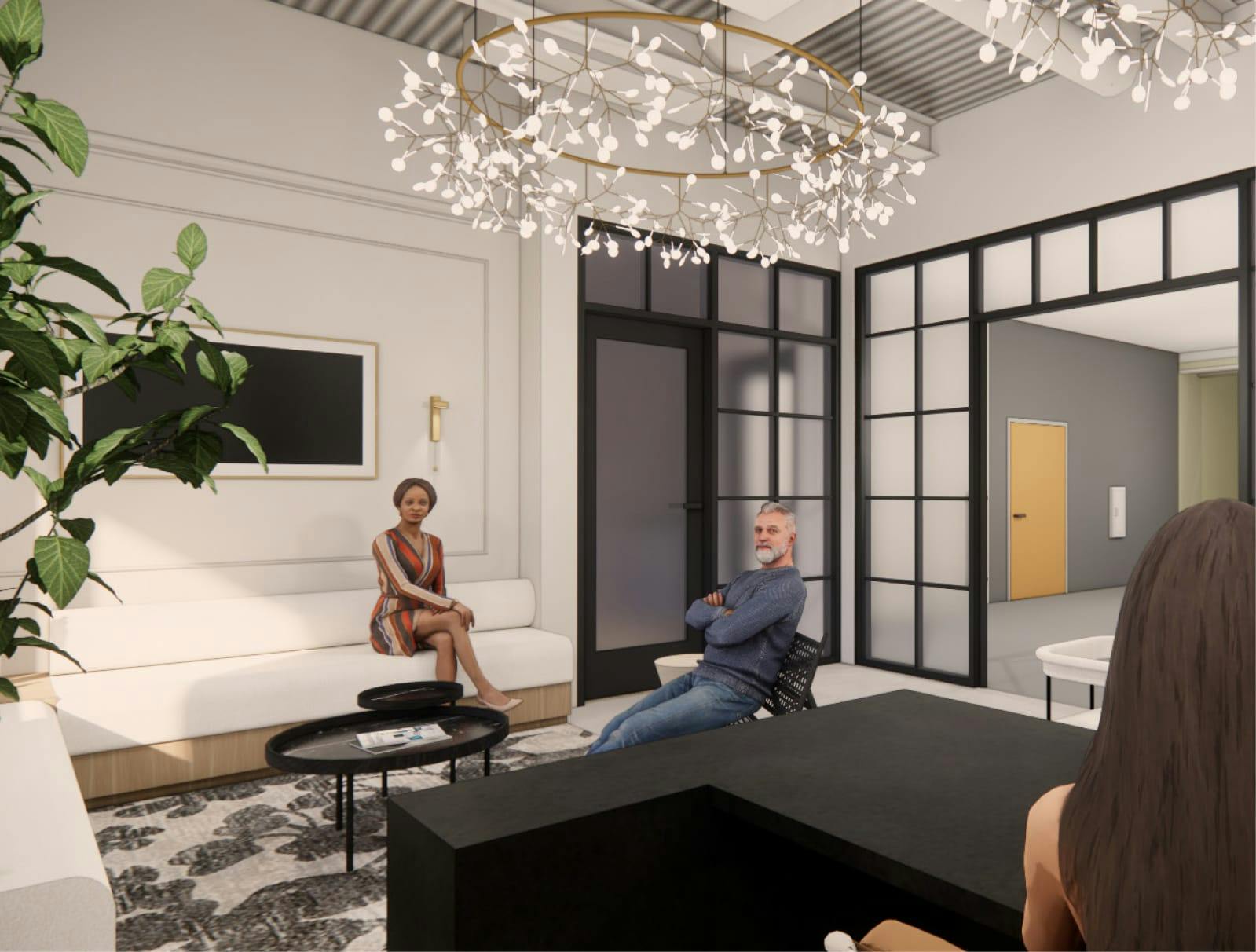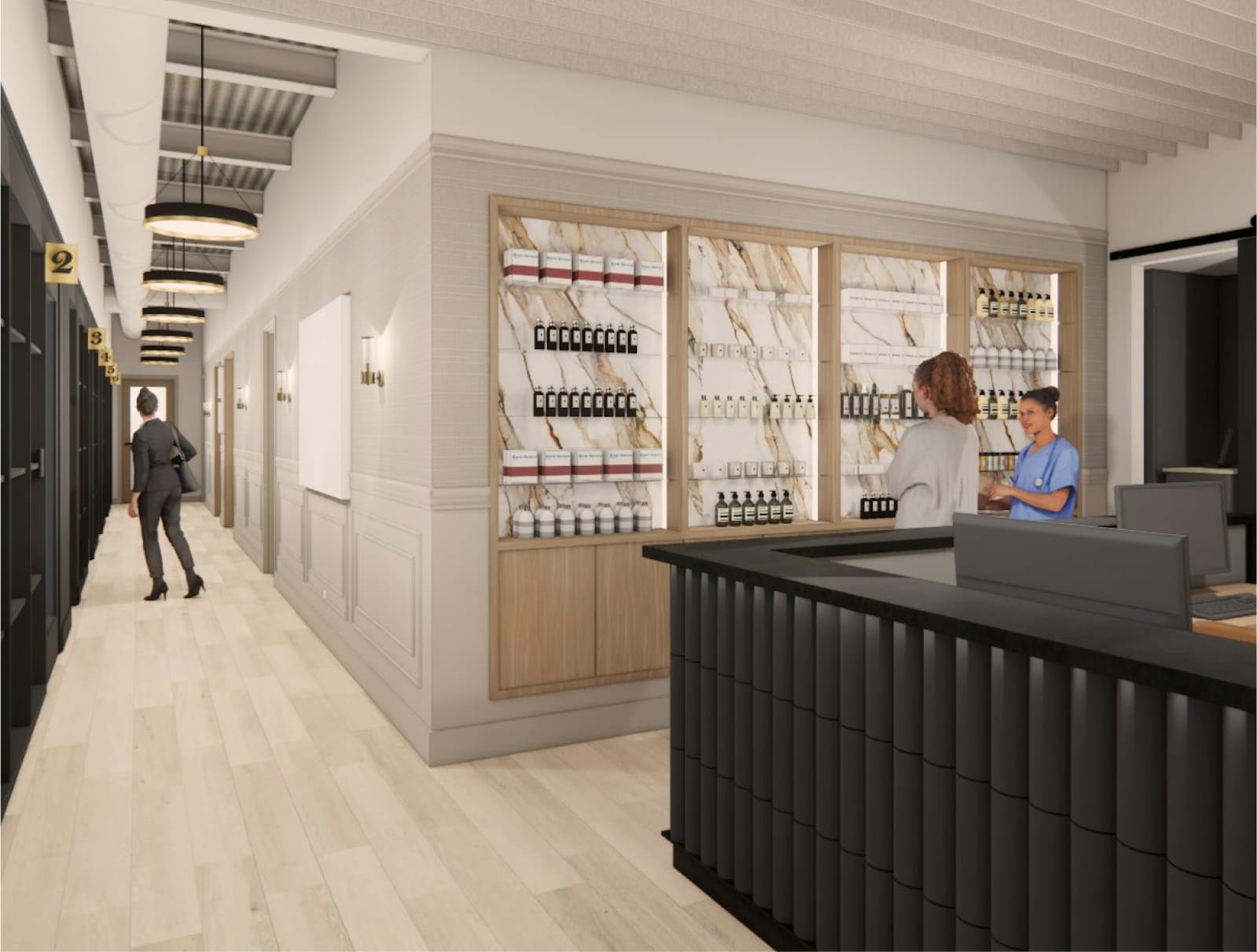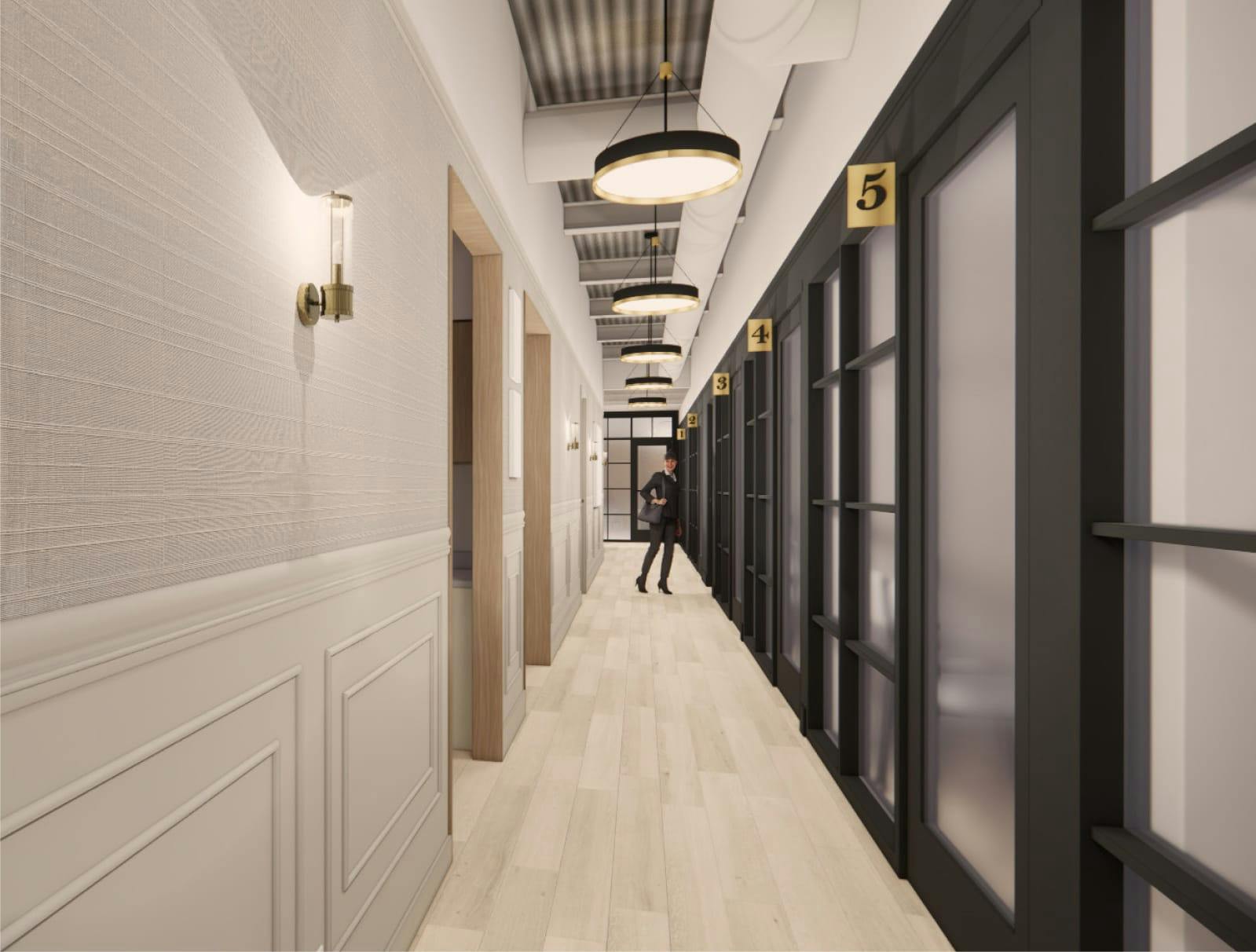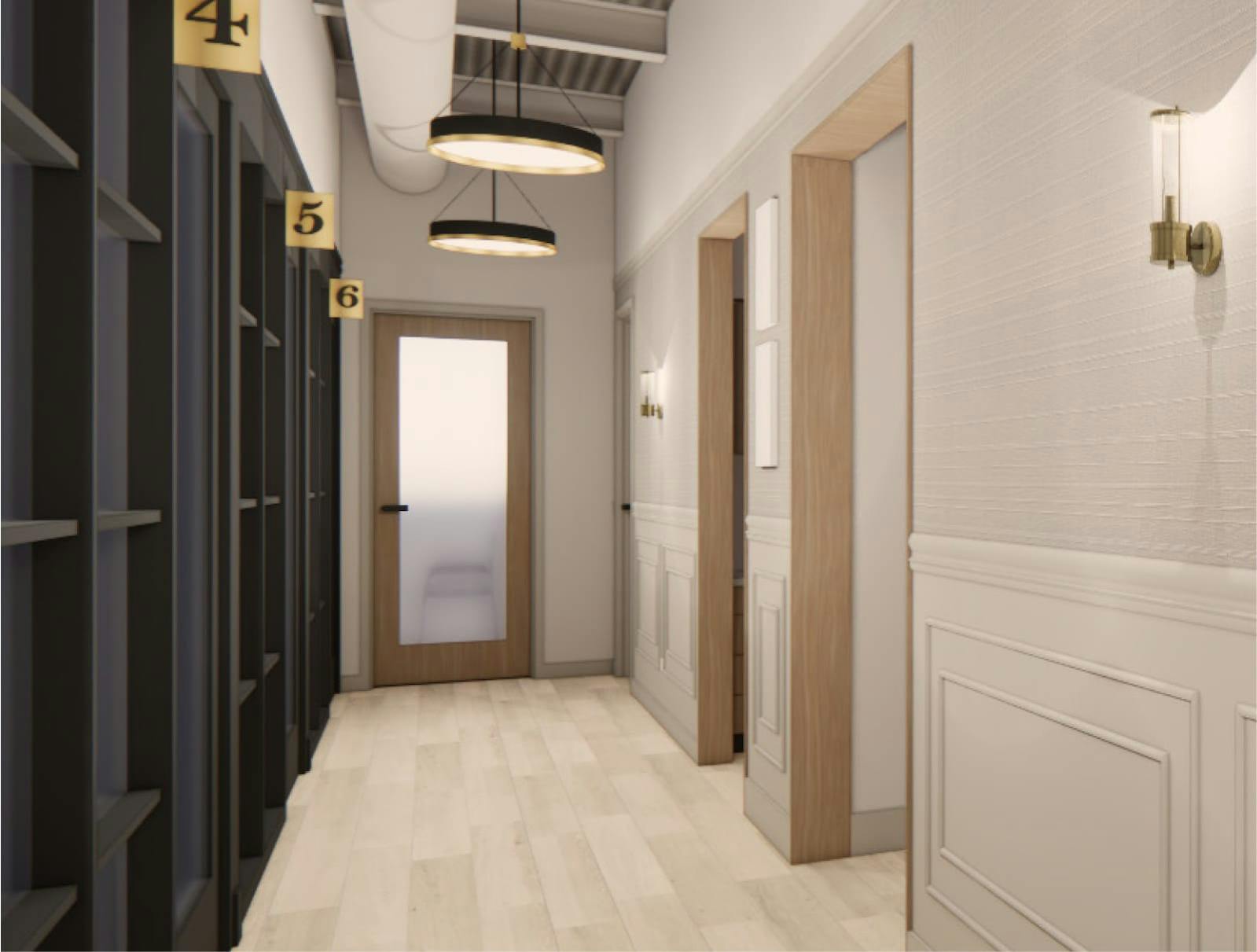Peripheral nerve injuries can be caused by a variety of incidents and require different surgical procedures to repair. One such procedure is nerve grafting, which is performed when the damaged nerve ends cannot be re-connected directly.
How do Nerve Grafts Work?
A nerve graft is a piece of your own nerve taken from a non-critical area of your body that is transplanted to repair a damaged nerve. After the transplant, the axons, or nerve fibers, from the damaged nerve will grow and join with the nerve graft. This helps develop a new nerve pathway, which will allow for sensation and function in the area again. It's important to note that recovery time can vary depending on the individual and other factors but following your doctor's instructions during recovery can help ensure the best possible outcome.











